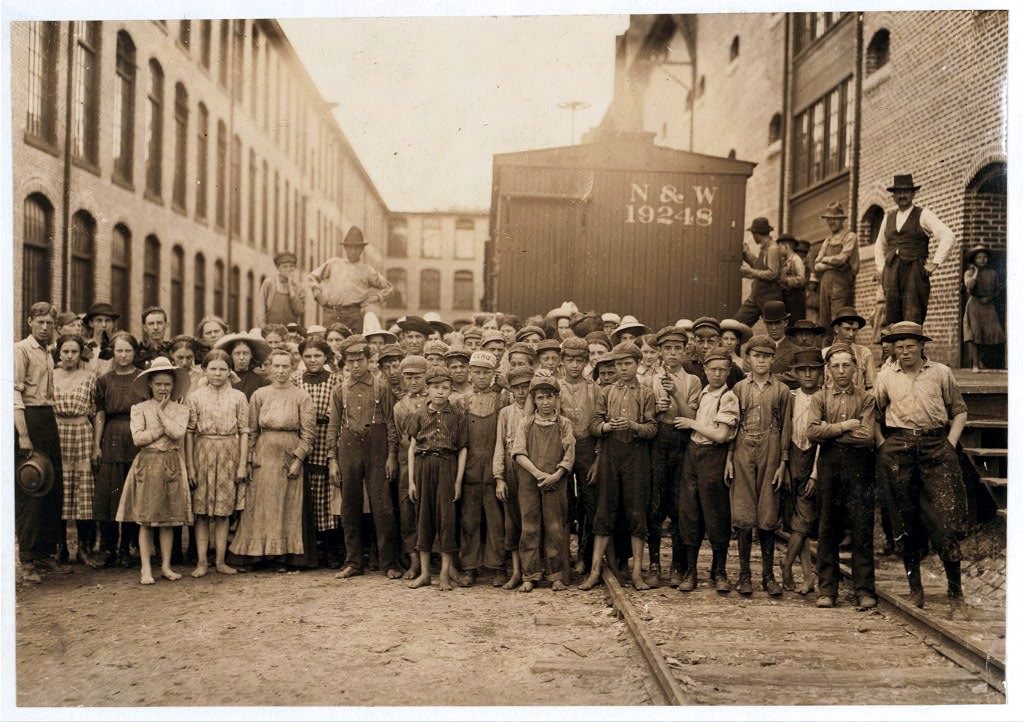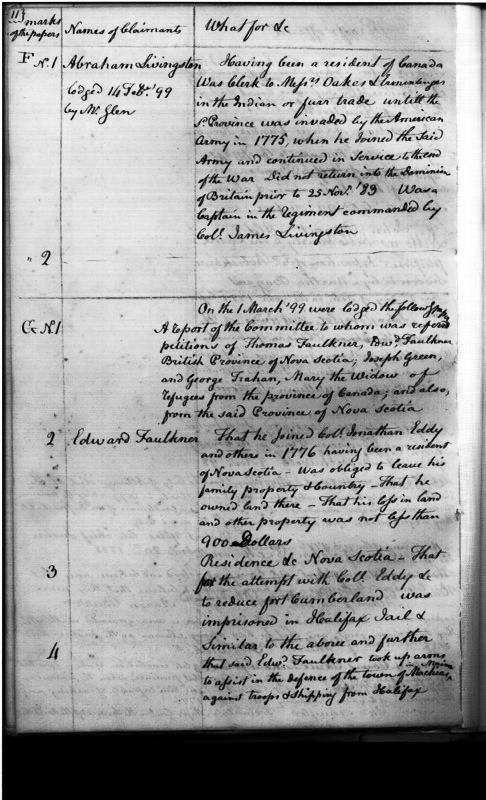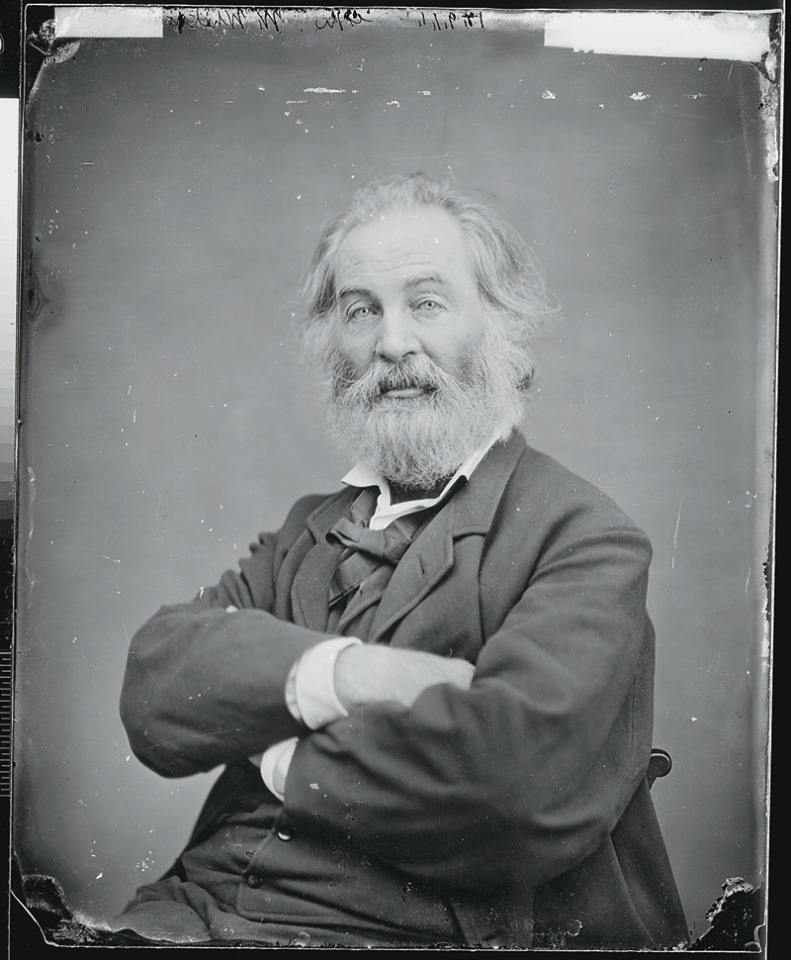
NHPRC News -- June 2019
Inside the Commission
Archivist Awards $3.5 Million in Grants
Archivist of the United States David S. Ferriero has awarded $3,492,445 for 35 projects in 21 states to improve public access to historical records. The National Archives grants program is carried out through the National Historical Publications and Records Commission (NHPRC). A complete list of new grants is available online at https://www.archives.gov/nhprc/awards/awards-5-19.
Grants went to 13 documentary editing projects to publish the papers of key American figures, including Jane Addams, Abraham Lincoln, and Frederick Douglass. The Institutes for Editing Historical Documents, which began in 1972, received a grant to continue training and professional development for documentary editors.
Two grants went to projects to increase public engagement with historical records: the Historical Society of Pennsylvania will run a week-long summer institute for K-12 educators to train them in archival research and provide them with strategies to use primary source materials in their curricula, and the History Center in Tompkins County, New York, will use U.S. Census records, Sanborn maps, and other records to develop a web application for educators to illustrate how local communities looked in the past and evolved over time. Six planning grants were awarded for Archives Collaboratives, designed to create partnerships for archives in small, rural, and under-resourced communities or to unite archives with shared affinities: the Saginaw Chippewa Tribe, Arab American collections, and collaboratives in Nashville, the Upper Peninsula of Michigan, and across Washington received small grants to set up potential collaboratives.
Providing public access to historical records is the focus of 13 projects, including digitizing papers of major historical figures and institutions including Philadelphia’s famed J.B. Lippincott publishing company; pioneer game designer’s Sid Sackson’s papers at The Strong Museum; Southwest archaeologist Earl Morris at the University of Colorado; the Woodward Collection, one of the nation’s largest advertising archives, at the University of Illinois; the papers of three 20th century children’s book writers and illustrators at the University of Oregon; noted African American journalist Marguerite Cartwright’s papers at the Amistad Center at Tulane University; digital conversion of reel-to-reel audiotapes from the Vermont General Assembly, and a project to bring together 54,200 documents related to the history of Alaska. A special effort to support early legal records resulted in projects in Maryland, Kentucky, North Carolina, Maine, and Wisconsin to preserve these key pieces of American history.
NHPRC Video Series on Next Generation Documentary Editions
For over five decades, the National Historical Publications and Records Commission has supported the development of nearly three hundred documentary editions—significant works of scholarship that have expanded the base of evidence for and shaped historical study and teaching in American history. As members of this list know firsthand, historical editions can enhance history education at both the undergraduate and graduate levels; and, increasingly, edition projects are providing real opportunities for productive and meaningful public engagement. To highlight these fundamental benefits of historical edition projects for new audiences, we are pleased to share our four-part video series, NHPRC and Next-Generation Historical Documentary Editions, featuring the insights of fellow editors and historians on the many ways historical editions advance scholarship, enhance history education, and foster public engagement at https://www.youtube.com/playlist?list=PLugwVCjzrJsVFVc_ddD7FC01nH4cDTOxc
Featured projects include: The Freedmen and Southern Society Project, The Martin Luther King, Jr. Papers Project, The Colored Conventions Project, The Civil War Governors of Kentucky Digital Documentary Edition, The Eleanor Roosevelt Papers Project, The Papers of Julian Bond, The Papers of Martin Van Buren, and The Seward Family Digital Archive.
Grant Opportunities
Access to Historical Records: Archival Projects
For projects that ensure online public discovery and use of historical records collections.
- Draft Deadline (optional): August 1, 2019
- Final Deadline: October 3, 2019
Access to Historical Records: Major Initiatives FY 2021
This program has two phases.
- Preliminary Proposals: January 26, 2020
- Final Deadline: July 9, 2020
Access to Historical Records: Major Initiatives FY 2020
You must have been invited to submit a Final Proposal
- Final Deadline: July 11, 2019
Archives Collaboratives: Implementation Grants
For projects to plan and develop a working collaborative designed to enhance the capacity of small and diverse organizations with historical records collections.
You must have been invited to submit a Final Proposal
- Final Deadline: January 16, 2020
Publishing Historical Records in Documentary Editions
For projects to publish documentary editions of historical records.
- Final Deadline: October 3, 2019
Public Engagement with Historical Records
For projects that encourage public engagement with historical records.
- Draft Deadline (optional): August 1, 2019
News from the Field
Rightfully Hers
On June 4, 1919, over 40 years after it was originally introduced, the proposal for an amendment to the Constitution for women’s suffrage was finally approved by Congress. In August of 1920, Tennessee became the 36th state to ratify the amendment. "Rightfully Hers: American Women and the Vote," an exhibition on the history of that battle for the vote, is currently running at the museum of the National Archives. More info at https://www.archives.gov/news/articles/women-s-voting-rights-exhibit-opens
The NHPRC has funded a number of projects documenting women's rights. The Blackwell Family Papers project at Radcliffe digitized their collections of some of the most significant figures in the movement. Four generations of the family are represented in the collection, including Elizabeth Blackwell (1821–1910) the first woman to obtain a medical degree in the United States, and she and her sister Emily (1826–1910) were instrumental in promoting medical education for women. Their brother Henry Browne Blackwell (1825–1909), his wife Lucy Stone (1818–1893), and their daughter Alice Stone Blackwell (1857–1950) were known for their leading roles in the abolition, woman’s suffrage, and prohibition movements; and their sister-in-law Antoinette Brown Blackwell (1825–1921) was the first woman ordained as a minister in the United States and an active social reform lecturer. You can read more at https://www.radcliffe.harvard.edu/schlesinger-library/collection/blackwell-family
In 1870 the American Woman Suffrage Association founded its magazine, The Woman's Journal. Edited by Lucy Stone, Mary Livermore and Julia Ward Howe it featured articles by members of the organizations The Woman's Journal was published for 47 years before being replaced by the Woman Citizen in 1917. Alice Stone Blackwell, Lucy's daughter, was an editor (1881–1917) of The Woman’s Journal, the major publication of the women’s rights movement at that time, first as assistant to her parents and after their deaths as editor in chief. From 1890 to 1908 Alice was the National American Woman Suffrage Association’s recording secretary and in 1909 and 1910 one of the national auditors.
Closing Down the Textile Mill
“They’re Closing Down the Textile Mill: Creating Access to the Fries Textile Plant Records at Virginia Tech,” is a archival project designed to provide access to a significant collection that documents the history of the town and the mill site. An NHPRC grant to Virginia Tech is supporting a project to process 150 cubic feet of records from the Fries Textile Plant, dating from the company’s founding in 1903 through the 1980s, to produce and publish EAD Finding Aids, and digitize selected materials on Virginia Tech’s Special Collections website.
The Fries Textile Plant records provide a complete history of a major textile plant that flourished in the 20th century, and promise to shed new light on the history of Appalachia, labor relations, the environment, textile manufacturing, company towns, community life, and de-industrialization.
This photograph of the child laborers at the Washington Cotton Mills in Fries, Virginia is from the National Archives. Taken by Lewis Wickes Hine in May 1911, the source caption includes this remark from the overseer: "These boys are a bad lot." All were aware of the need for being 14 years old when questioned.
The project is doing a great job in telling the story. On September 2, 2018, the article on the project appeared on the front page of The Roanoke Times as a celebration of Labor Day. You can read it at https://tinyurl.com/y3jtxz57 A few days later the Associated Press picked up the story and during the following week a version of the story appeared in 29 different newspapers across 13 states and the District of Columbia, as well as other online sources. Television stations also picked up the news: WDBJ, (CBS), WHSV, Harrisonburg, (ABC), and WCAV, Charlottesville, Virginia (CBS/Fox affiliate) Other publications: Textile World and U.S. News and World Report.
Paine, for the Prosecution
The wonder of footnotes! After serving in the Continental Congress and signing the Declaration of Independence, Robert Treat Paine returned to Massachusetts at the end of December 1776 The following year he was named as Massachusetts Attorney General.
In the most recent volume of the NHPRC-supported Papers of Robert Treat Paine, there is an account of the case of the Commonwealth v Priscilla Woodworth on the charge of poisoning her husband Nathaniel by giving him some brimstone sweetened with milk and laced with arsenic. After reviewing the account, I was surprised to learn that Priscilla was acquitted (though far be it for me to decide on events that occurred in 1782). You can reach your own conclusions about the case by reading the Grand Jury notes, the Indictment and Trial Notes beginning at https://www.masshist.org/publications/rtpp/index.php/view/RTP4dgh9#sn=0.
Within the notes, is a reference to a related poisoning incident that happened at Yale on April 14, 1764. Eighty-two of the 92 students were “seized with violent Vomitings, great Thirst, Weakness in the Extremities and some with Spasms, and other Symptoms of Poison. By the Use of Emetics, Oleaginous and mucilaginous Draughts they are recovered, saving that some are yet weak in their joynts and affected in their Eyes. The Physicians conjecture it to be Arsenic, mixed with the Cake, on which they all Breakfasted.” Although some French Acadian exiles in the colony were at first suspected, Pres. Ezra Clap investigated the matter and decided that the cause was “either some accident or some strong Physic put into the Victuals with a Design to bring a Slur upon the Provisions made in the Hall.” According to the note, Judith Ann Schiff, Chief Research Archivist, Manuscripts and Archives Division, Yale University Library, kindly provided this reference. You can find the source at https://tinyurl.com/yxnh477n “To bring a slur upon the provisions made in the hall!” That’s a long way to go to complain about the college cafeteria!
War Department Gets Re-design
The War Department office was established in 1790. It burned in 1800. For decades historians believed that its files, and the window they provide into the early federal
government, had been lost forever. The Papers of the War Department project unites copies of the lost files in a digital archive that reconstitutes this invaluable historical resource. Through a total redesign of the Papers of the War Department website with the support of a grant from the American Council of Learned Societies, the project has migrated nearly 200 gigabytes of Papers of the War Department items, metadata, and image files into Omeka S, which now powers the website with a fully redesigned look and feel.
The team has also released an updated beta version of the Scripto plugin, which is facilitating transcription, with updated functionality for an easier transcription process. This document, for example, is a table of supporting documents for claims of refugees from Canada, created in 1800. A community of transcribers is working to create full text transcriptions of every possible document in the collection. Anyone can join the community and contribute to the project. Find out how to join at http://wardepartmentpapers.org/s/home/page/home
Whitman's 200th
“The United States themselves are essentially the greatest poem.” – preface to Leaves of Grass, 1855
Perhaps no poet captured the exuberance of the American experience than Walt Whitman. Born 200 years ago on May 31, Whitman remains a fixture in the nation’s literary canon, and his major work, "Leaves of Grass," is an American epic that is read and taught and loved to this day.
The National Archives has several unexpected connections to this great poet. Some of the most iconic images of Whitman are from the Mathew Brady Photographs of Civil War-Era Personalities and Scenes in the Records of the War Department, Office of the Chief Signal Officer. No surprise that Whitman is included in this collection, for he lived and worked in Washington for over a dozen years.
He first came to the city in 1862 to volunteer as a nurse in the army hospitals during the Civil War. Not only did he provide small gifts and emotional comfort and support, he also wrote letters for soldiers too injured or shell-shocked to write their own. Some of these letters survive, marked by the simple note: “Written by Walt Whitman, a friend” at https://www.archives.gov/…/prologue/2016/summer/whitman.html.
In 1865, he secured the first of a series of clerical jobs with the Federal government, and it is through these posts that another connection between Whitman and the National Archives becomes clear. In April 2011, the Archives announced that it had identified nearly 3,000 documents in Whitman’s hand from the records of the Office of the Attorney General. Kenneth Price of the University of Nebraska-Lincoln explained how these documents provide fresh insights into Whitman’s life and art in his article “Whitman, Walt, Clerk” at https://www.archives.gov/…/prologue/2011/winter/whitman.html
The records of Whitman’s stint as a Federal government worker have become part of the Walt Whitman Archive , co-edited by Dr. Price and Ed Folsom at the University of Iowa. The aim of the Whitman Archive is to make Whitman's vast writings freely and conveniently accessible to scholars, students, and general readers. You can access this wonderful resource at https://whitmanarchive.org/
Through its grants program, administered by the National Historical Publications and Records Commission, the National Archives has a further connection to the great American poet. Since 2008, the Commission has supported the Whitman Archive’s project to collect, annotate, and provide access to Whitman’s trove of correspondence.
The most recent grant, awarded at the Commission’s May meeting, will go to publish the entirety of Whitman’s correspondence from 1888 to 1892, the final four years of the poet’s life. In 1855 Whitman wrote that "the proof of a poet is that his country absorbs him as affectionately as he has absorbed it."






